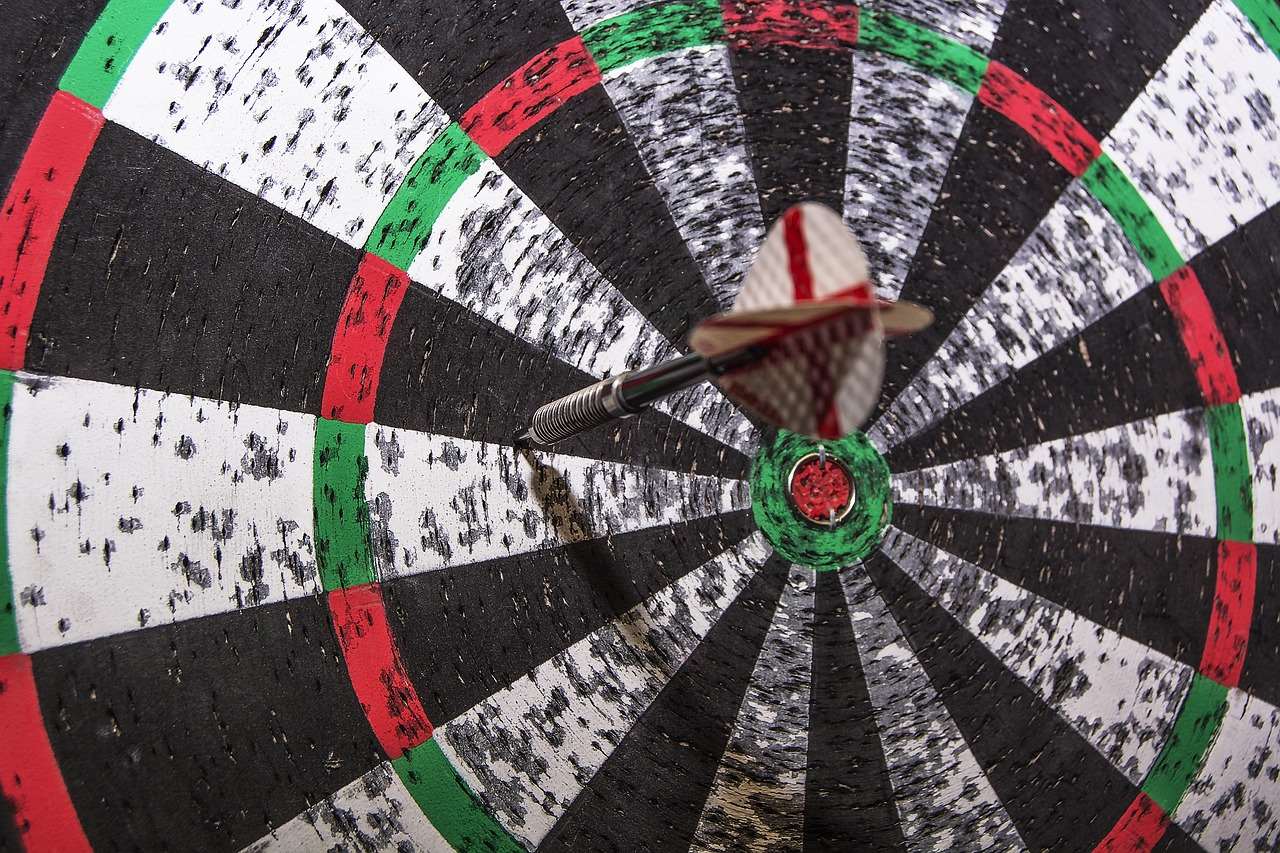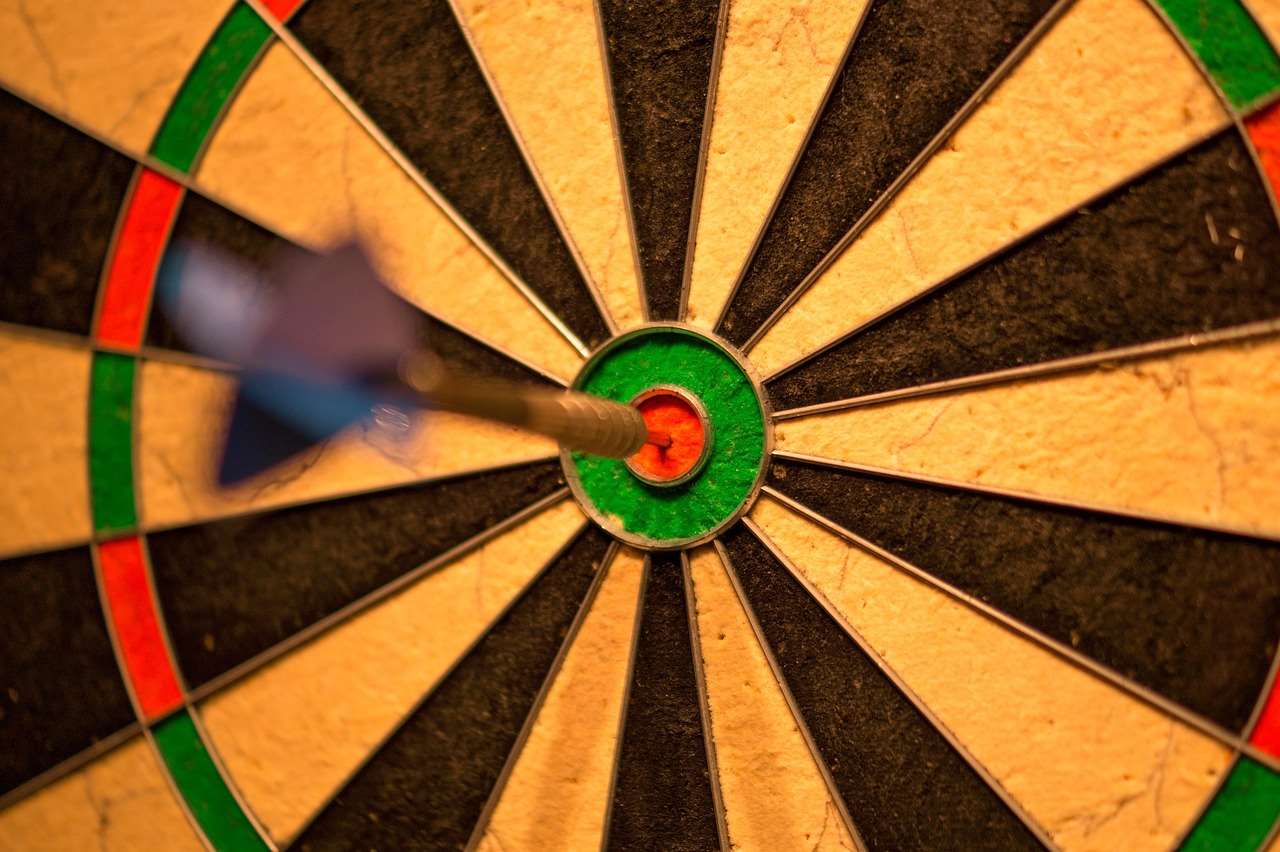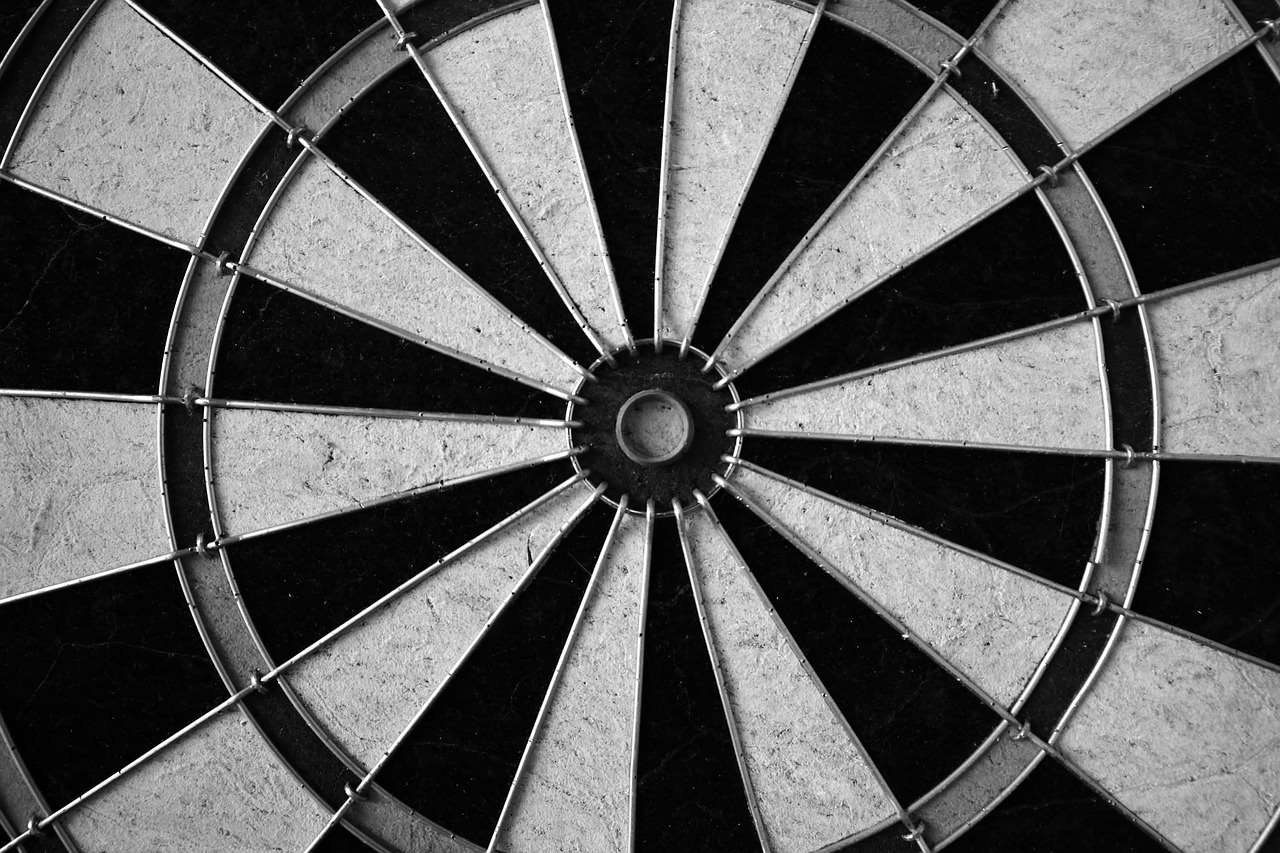The landscape of future darts broadcasting deals is set for significant shifts, driven by evolving viewership habits and the growing popularity of the sport. Expect to see a mix of traditional broadcasters, streaming services, and innovative content delivery methods vying for rights, creating both opportunities and challenges. This article explores these trends, analyzes key players, and offers insights into what fans and stakeholders can anticipate.
⚠️ Still Using Pen & Paper (or a Chalkboard)?! ⚠️
Step into the future! The Dart Counter App handles all the scoring, suggests checkouts, and tracks your stats automatically. It's easier than you think!
Try the Smart Dart Counter App FREE!Ready for an upgrade? Click above!
Understanding the Current Darts Broadcasting Landscape
Before diving into the future, it’s crucial to understand the present. Currently, the Professional Darts Corporation (PDC) and other governing bodies primarily rely on major broadcasters like Sky Sports, ITV, and increasingly, streaming services like DAZN and Viaplay, to reach their audience. These partnerships provide vital revenue streams for the sport, allowing for increased prize money, better player development, and wider promotion.
However, the way viewers consume sports is changing. Cord-cutting is on the rise, with more people opting for streaming services over traditional cable subscriptions. This trend is forcing broadcasters to adapt and explore new strategies to retain and attract viewers. Understanding Business of Darts is essential for stakeholders involved in future deals.

Key Players in Darts Broadcasting
- Sky Sports: A long-standing partner of the PDC, offering comprehensive coverage of major tournaments.
- ITV: Provides free-to-air coverage of select tournaments, broadening the sport’s reach.
- DAZN: A global streaming service expanding its darts portfolio. You can find information about the DAZN darts streaming deal online.
- Viaplay: A Nordic-based streamer with a growing presence in European darts broadcasting. Explore the Viaplay darts rights europe situation.
- Other Emerging Platforms: Expect new players to enter the market, potentially including platforms like Amazon Prime Video and YouTube TV.
Factors Influencing Future Darts Broadcasting Deals
Several factors will shape the future darts broadcasting deals. These include:
- Audience Demographics: Understanding the age, location, and viewing habits of darts fans is crucial.
- Technological Advancements: Streaming quality, interactive features, and virtual reality experiences will play a role.
- Globalization: Darts is becoming increasingly popular worldwide, creating opportunities in new markets.
- Data Analytics: Broadcasters will use data to optimize their coverage and target specific demographics.
- Advertising Revenue: The ability to generate advertising revenue is a key driver of broadcasting deals.
The increasing value of darts tv rights value means the stakes are high for all involved parties.
The Rise of Streaming and OTT Platforms
The biggest disruption in sports broadcasting is the rise of streaming and Over-The-Top (OTT) platforms. These platforms offer viewers greater flexibility and control over their viewing experience, allowing them to watch live events on demand and on multiple devices. This trend presents both a challenge and an opportunity for darts.
For traditional broadcasters, the challenge is to compete with the convenience and affordability of streaming services. For the PDC and other darts organizations, the opportunity lies in reaching a wider audience and generating new revenue streams through streaming partnerships. It’s important to understand how darts media deals work in this evolving landscape.

Potential Benefits of Streaming for Darts
- Increased Reach: Streaming platforms can reach a global audience, expanding the sport’s fanbase.
- Data-Driven Insights: Streaming services provide valuable data on viewer behavior, allowing for targeted marketing and improved content.
- Interactive Features: Streaming platforms can offer interactive features like live chat, polls, and alternative camera angles.
- Personalized Viewing Experiences: Viewers can customize their viewing experience by choosing their preferred commentator, language, and viewing angle.
The Role of Social Media and Digital Content
Social media and digital content are playing an increasingly important role in promoting darts and engaging with fans. Broadcasters are leveraging platforms like YouTube, Facebook, Twitter, and Instagram to share highlights, interviews, behind-the-scenes footage, and other engaging content. This helps to build buzz around tournaments and attract new viewers.
Future darts broadcasting deals will likely include provisions for social media and digital content rights. Broadcasters will need to work closely with the PDC and other darts organizations to develop a comprehensive digital strategy that maximizes reach and engagement. The darts broadcasting rights explained provide more detailed information about this aspect.

Negotiating Future Darts Broadcasting Deals
Negotiating future darts broadcasting deals will require a strategic approach, considering the evolving media landscape and the increasing value of darts rights. Key considerations include:
- Understanding Market Value: Accurately assessing the value of darts rights is crucial for securing a fair deal.
- Exploring Multiple Bidders: Creating a competitive bidding environment can drive up the price of rights.
- Negotiating Rights Packages: Structuring rights packages that meet the needs of both the PDC and broadcasters is essential.
- Focusing on Long-Term Partnerships: Building strong, long-term partnerships with broadcasters can provide stability and growth.
- Protecting Intellectual Property: Safeguarding the PDC’s intellectual property rights is paramount.
Effective negotiation darts tv rights is vital for securing the best possible terms.
Predictions for the Future
Based on current trends, here are some predictions for the future darts broadcasting deals:
- Increased Competition: Expect more streaming services to enter the darts broadcasting market, leading to increased competition.
- Hybrid Models: A combination of traditional broadcasting and streaming will likely become the norm.
- Data-Driven Decision Making: Broadcasters will rely heavily on data analytics to optimize their coverage and target specific demographics.
- Personalized Viewing Experiences: Viewers will have more control over their viewing experience, with options for interactive features, alternative camera angles, and personalized commentary.
- Globalization of Darts: Broadcasting deals will increasingly focus on reaching international audiences.

The Cost of Darts Streaming Rights
The darts streaming rights cost varies significantly depending on the tournament, region, and the platform involved. Major tournaments like the World Darts Championship command premium prices, while smaller events may be bundled into broader sports packages. Factors influencing the price include viewership numbers, the level of competition, and the length of the broadcast agreement. The price of darts streaming rights cost is a major consideration for both rights holders and broadcasters.
Furthermore, the exclusivity of rights plays a crucial role. Exclusive rights, where only one platform can broadcast a particular tournament in a specific region, typically fetch a higher price. Non-exclusive rights, which allow multiple platforms to broadcast the same event, tend to be less expensive.
Examples of Recent Broadcasting Deals
Examining recent deals offers insights into current market trends. For instance, the PDC Sky Sports deal worth millions, highlights the continued value of traditional broadcasting partnerships, even as streaming services expand their footprint. Similarly, the ITV darts broadcast deal provides valuable free-to-air coverage, reaching a broad audience. These examples demonstrate the diverse range of approaches being taken in the darts broadcasting market.

Conclusion: Embracing Change and Innovation
The future darts broadcasting deals will be shaped by evolving technology, changing viewership habits, and the globalization of the sport. To succeed in this dynamic landscape, the PDC and other darts organizations must embrace change and innovation. This includes exploring new streaming partnerships, developing engaging digital content, and building strong relationships with both traditional broadcasters and emerging platforms.
By adapting to the evolving media landscape, darts can continue to grow its fanbase and solidify its position as a popular and entertaining sport. Stay informed, be proactive, and embrace the opportunities that lie ahead. Now is the time to consider what is most important to you as a fan and explore the broadcasting options available. Start by researching your favorite player or tournament and see where you can watch!
Hi, I’m Dieter, and I created Dartcounter (Dartcounterapp.com). My motivation wasn’t being a darts expert – quite the opposite! When I first started playing, I loved the game but found keeping accurate scores and tracking stats difficult and distracting.
I figured I couldn’t be the only one struggling with this. So, I decided to build a solution: an easy-to-use application that everyone, no matter their experience level, could use to manage scoring effortlessly.
My goal for Dartcounter was simple: let the app handle the numbers – the scoring, the averages, the stats, even checkout suggestions – so players could focus purely on their throw and enjoying the game. It began as a way to solve my own beginner’s problem, and I’m thrilled it has grown into a helpful tool for the wider darts community.